Places To Dance
Mid-life
No. Life has not disappointed me.
On the contrary, I find it truer,
more desirable and mysterious every year
–ever since the day when the great liberator came to me:
the idea that life could be an experiment
of the seeker for know1edge
–and not a duty, not a calamity, not trickery.
–And knowledge itself: let it be something else for others;
for example, a bed to rest on,
or the way to such a bed, or a diversion,
or a form of leisure.
–for me it is a world of dangers and victories
in which heroic feelings, too,
find places to dance and play.
Life as a means to knowledge
–with this principle in one’s heart
one can live not only boldly but even gaily,
and laugh gaily, too.
And who knows how to laugh anyway
and live well
if he does not first know a good deal
about war and
victory?
–excerpt The Gay Science, Book 4, Section 324 by Friedrich Nietzsche
Not everyone offers such a mid-life assessment. Life as play, as a search for places to dance and play? Sounds like an extension of childhood, does it not? What is more serious than play to a child? Play is means of learning for a child, and children are voracious students. I know. A grand daughter is always eager to play, to find someone to play with, even beyond exhaustion when she’d be best served by some rest. Moments of discovery in the course of play are marked by eruptions of laughter. That’s how it is for children.
What might be said of adults? Why not life-as-play? Is conflict the anti-thesis of play, the contrary of experiment and laughter? Not at all! Do we as adults, not test ourselves often in our profession, in that necessary work which constitutes the preponderance of our waking life? There is as much challenge, as much learning in the details of my work, as there is for a child in the sandbox, or in a child’s mastery of learning to ride a bicycle without adult supervision.
There is conflict and risk and there is victory.
Places for laughter and dancing!
These photos were captured on occasion of a visit to the Old Joliet Prison. I spent time in the ruins of the facility constructed in 1857… I wonder if one can begin to absorb a splinter of the agony of the mis-fortunate outcasts incarcerated there? On average inmates spent two years there. 60% are reported to have died of disease. A life sentence for the unlucky… Hundreds of executions took place there.
Here are some photos of the graffiti on the walls of the prison cafeteria. Then a photo of the entry to the prison hospital. The structure is off-limits, due to deterioration and collapse of the building.
It felt right to show a blue chicory flower growing at the base of the 25 foot limestone wall.
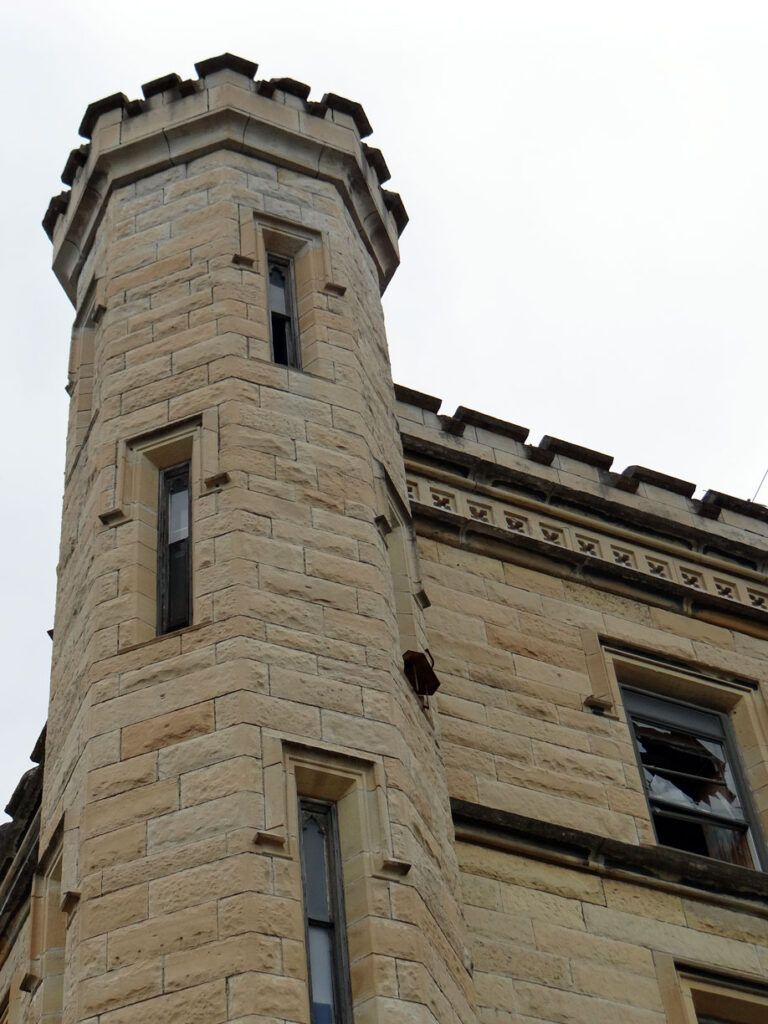
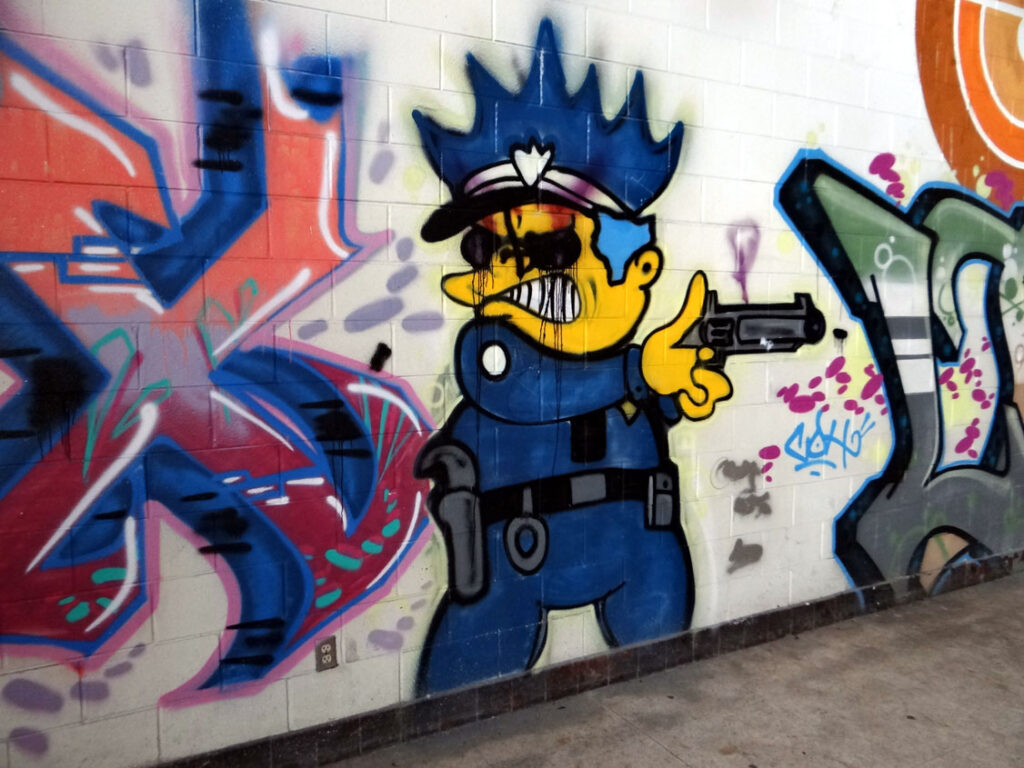
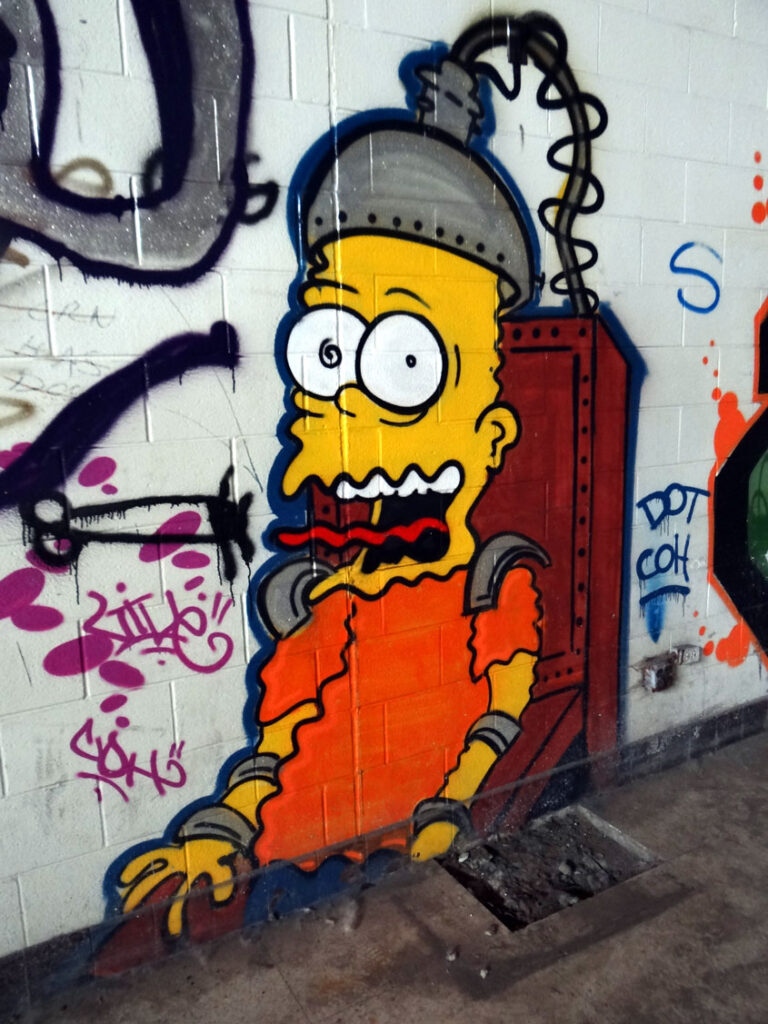
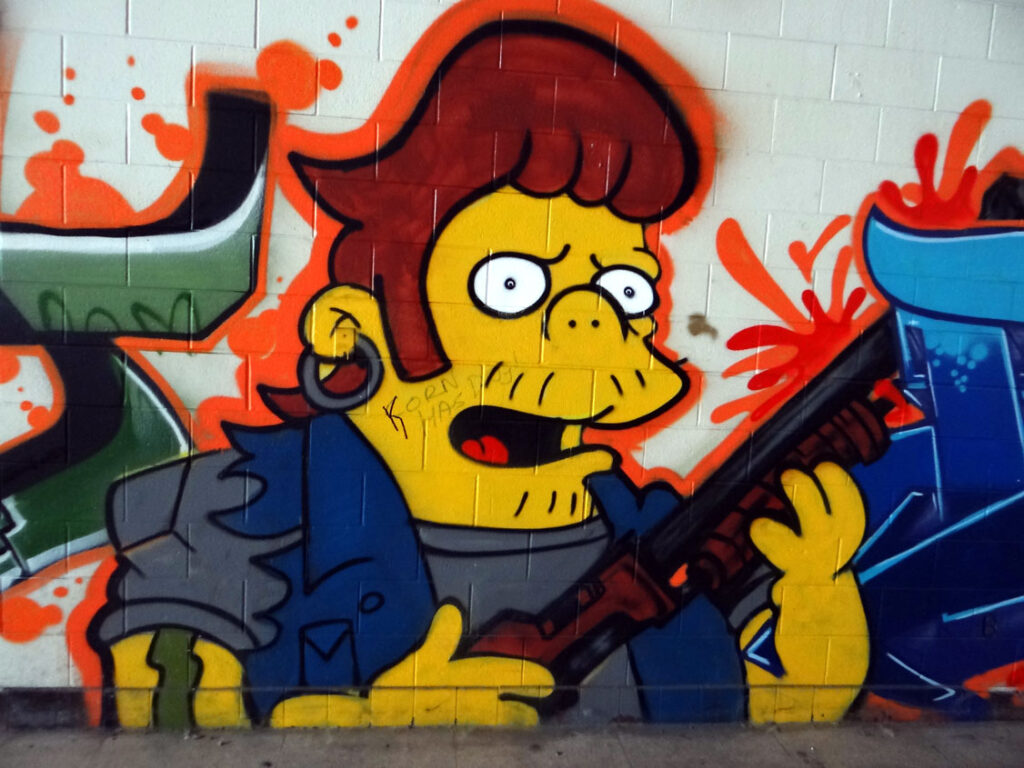


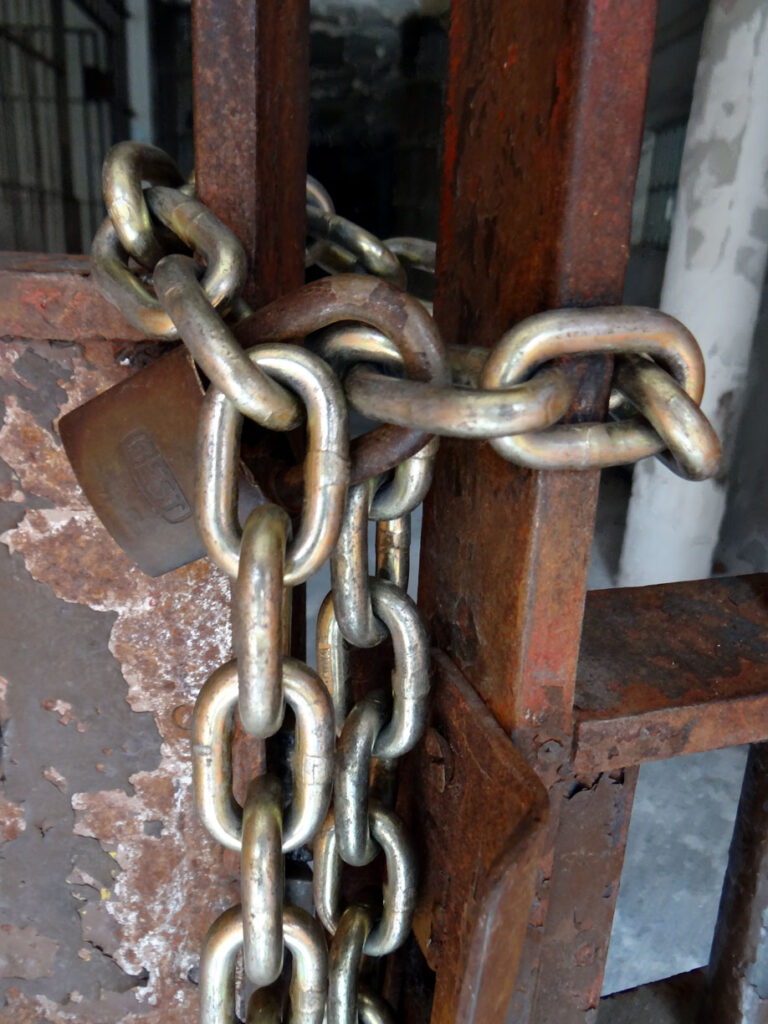


2 thoughts on “Places To Dance”
The more Nietzsche I hear from you the more I identify with him. I don’t know if it’s your carefull curation or if I just like him. What a terrific post. I love the pictures of the prison because it makes me think of the prisons we can choose to incarcerate ourselves in during the course of our live’s journeys. In contrast with the free toddler that I would like to become…no judgement only acceptance and adaptability – freedom.
Nietzsche is one of the first European writers to give voice to our place and time. The time has come for our prison break! Nietzsche has much to say about what needs to be done.